Subcosmic race
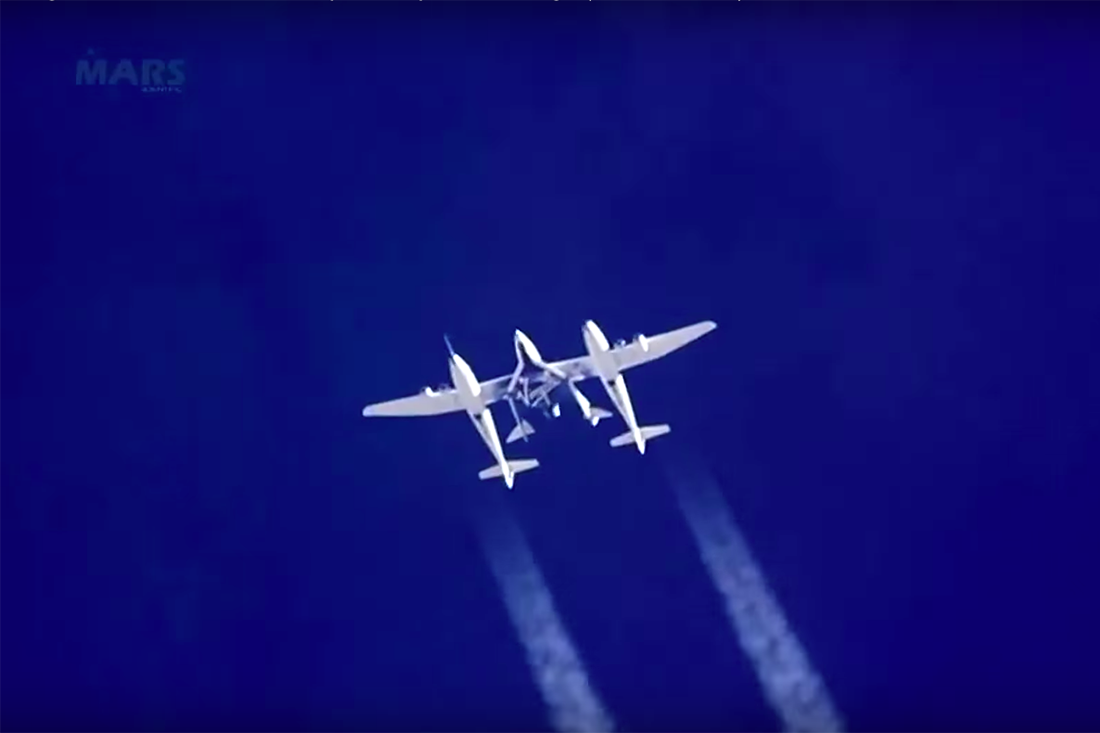
On December 13, Virgin Galactic, a private space company, was able to launch its manned SpaceShipTwo rocket-glider to an altitude of 82 km, which technically corresponds to airless space. Practically a year earlier, another Blue Origin company also successfully tested its own rocket system for delivering people to an altitude of 100 km in an unmanned flight. Both companies are creating a new space suborbital tourism market, and they hope to take a significant share on it. Competition spurs progress, and intrigue is preserved when there will be a first tourist flight.
The Virgin Galactic company appeared in 2004, after the successful completion of the Ansari XPrize competition, during which a technical vehicle was created to deliver people to an altitude of 100 km. This height is considered the official boundary of space, although the US military and aviators believe that the technical boundary of space is about 81 km altitude. The company Scaled Composites, under the leadership of engineer Bert Rutan, was able to create the WhiteKnight carrier aircraft, and the SpaceShipOne rocket plane that launched from under its wing, which managed to reach a hundred meters height twice a week.
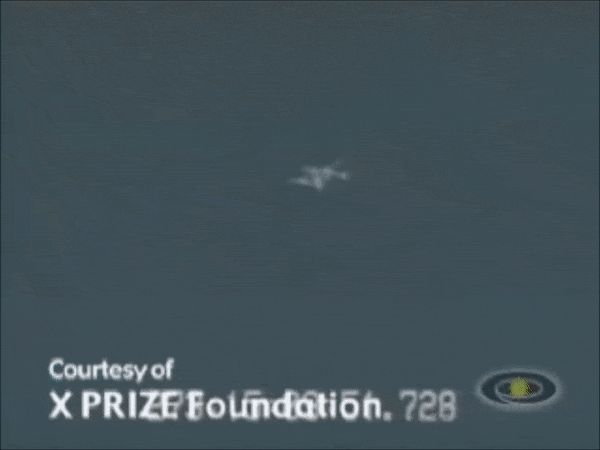
')
Such an achievement was considered a condition for Ansari XPrize to receive a prize of $ 10 million, although the development turned out to be several times more expensive. The aim of the competition was to stimulate design ideas to make space more accessible to people. British eccentric businessman and billionaire Richard Branson, who together with Bert Rutan founded Virgin Galactic, drew attention to success. Together they set about creating a new passenger rocket plane to carry a group of tourists for each flight.
To create a rocket plan it was supposed to scale - enlarge - the previous development. The new WhiteKnightTwo aircraft and the SpaceShipTwo rocket glider were shown to the public in 2006, and the first test flights without starting the engine began in 2009. At about the same time, they started selling tickets for $ 200 thousand - or rather, they booked with a small prepayment.
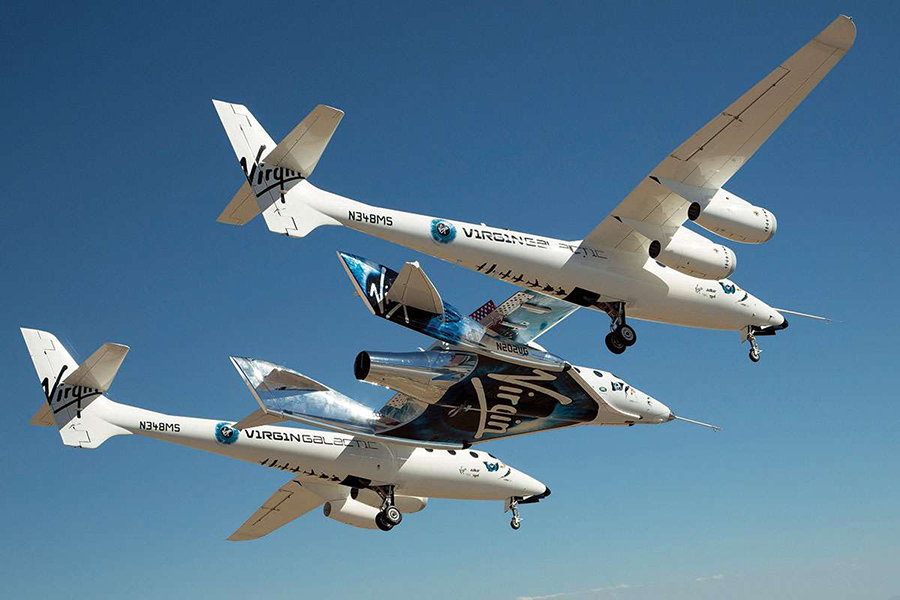
With aerodynamics, Rutan did quite well, but the problems started with a rocket engine. For security reasons, we chose a rather original scheme without cryogenic and toxic components, so-called. hybrid type with a liquid oxidizing agent - nitrous oxide, and solid rubber fuel.
Flights were constantly postponed, on engine testing in 2007, three engineers were killed. The first flights with the inclusion of the rocket engine began in 2013, and by the following year it became clear that the fuel was not suitable - it caused a high vibration of the entire rocket plane, which led to a premature shutdown and cancellation of the lift. The rocket glider reached only 25 km.
In 2014, Virgin Galactic decided to replace fuel from rubber to plastic, but on test the rocket glider collapsed in the air at an altitude of 19 km immediately after the rocket engine was turned on.

One pilot was killed, the second seriously injured his shoulder. According to the results of the investigation, they came to the conclusion that the cause of the accident was not in the new engine, but in the error of the deceased pilot, who for some reason transferred the plumage to the landing mode.
Began a difficult period in the life of the company. Customers who paid for pre-orders in the 2000s were tired of waiting for the flight. US aviation regulatory agencies have paid attention to Virgin Galactic’s poor compliance with safety requirements. Companies needed unanticipated investments. The situation was saved by the United Arab Emirates: Aabar investment fund invested $ 280 million for 32% of the company, provided that the second tourist cosmodrome will be built in the UAE.
It took another four years to create a new rocket plane, increasing crew safety, upgrading and certification. From April 2018, we began testing the new SpaceShipTwo with the engine turned on. The climb showed noticeable dynamics: 35 km, 52 km, and finally 82 km in December. Then only space. Richard Branson promises the first tourist flight at the beginning of 2019, but his promises are similar to each other since 2009, so we'll wait.

True, Virgin Galactic now has an additional incentive - a competitor of Blue Origin, which a decade ago no one took seriously.
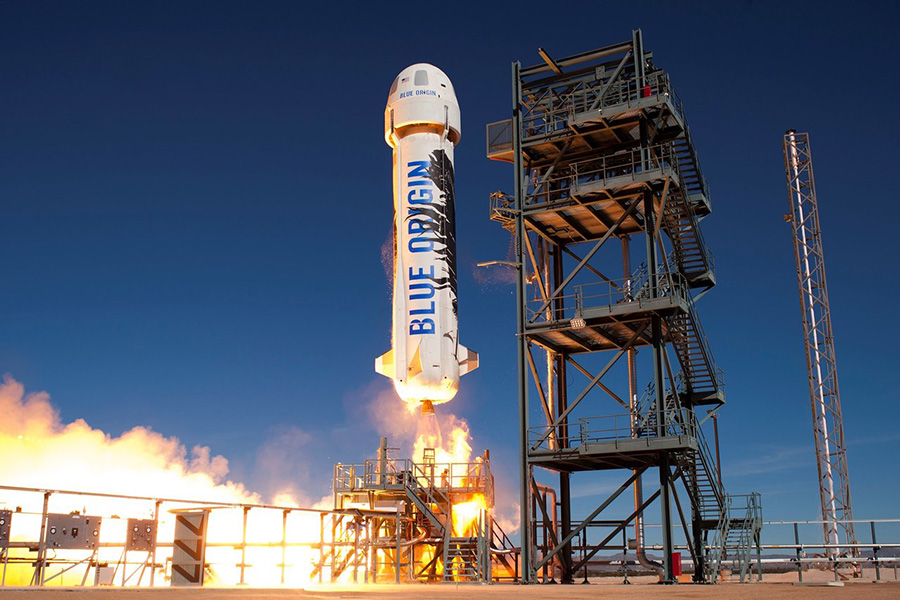
Blue Origin appeared even earlier - in 2000, but did not behave publicly. The company's founder, billionaire Jeff Bezos, did not need publicity to attract investments. The company was testing something at Bezos on a ranch in Texas, and did not stick out ahead of time. Videos with the first tests began to publish only in 2013. Vertical flights of rocket prototypes were made to a height of several hundred meters. Then it was expected that the Virgin Galactic rocket glider remained several months before reaching space, and Blue Origin seemed to be a complete outsider.
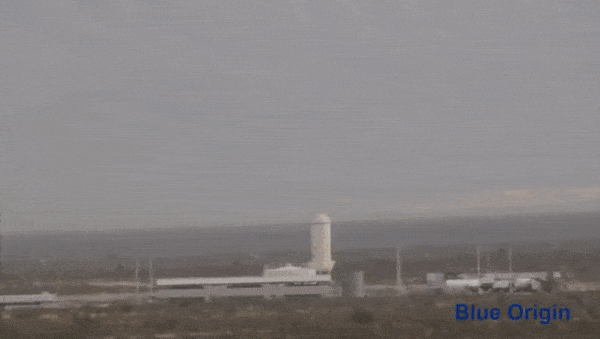
However, the failures of SpaceShipTwo justified the Blue Origin motto: “Step by step, violently.” The New Shepard spacecraft reached space three years earlier - in 2015, and the rocket that launched it made a successful vertical landing.
The next two years went to Blue Origin to test all systems, including the emergency rescue system. The first rocket, from which successful flights began to reach space, went to the museum after nine flights and soft landings. The second rocket and the New Shepard spacecraft made two successful flights, and are technically fully prepared for the first manned launches.
It is expected that the first suborbital tourists will fly as early as 2019, but whether they will be passengers of the SpaceShipTwo rocket or the crew of the New Shepard capsule launching on the rocket is still unknown. The cost of the flight is estimated at $ 250 thousand, although Blue Origin has not officially announced the price of the flight.
For comparison, Roskosmos carried tourists in the 2000s at prices ranging from $ 20 to $ 35 million, but the suborbital flight cannot be compared with the orbital flight. Space flights from Baikonur were carried out for several days, whereas a suborbital flight involves visiting space at an altitude of more than 100 km in a matter of minutes or even tens of seconds. Staying in a state of weightlessness is a few minutes versus 8-14 days on the Russian segment of the International Space Station. The most important difference is in speed, suborbital flight does not imply the achievement of cosmic speed - 8 km / s. SpaceShipTwo and New Shepard do not accelerate above the four speeds of sound, i.e. do not reach speeds of even 1.3 km / s.
If you compare the positions of each company, you can see a lot of similarities, despite the difference of the selected technical solutions to the same task:
- Both companies are founded by millionaires with a rich business experience to space. Even the phrase attributed to Richard Branson is well known: “If you want to become a millionaire doing astronautics, you must begin as a billionaire.”
- It took both companies about 15 years to develop, test, and bring to 95% readiness.
- It took two flight samples to work out the technology.
- The development cost about $ 500 million.
- Each company considers the tourism business as the first step towards more ambitious projects. For Blue Origin - is the development of heavy and superheavy rockets, rocket engines, exploration of the moon. Virgin Galactic also had a separate project - an ultra-light space rocket for launching small satellites from under the wing of an aircraft. Richard Branson's big goal is hypersonic intercontinental passenger flights through space.

Attempts to create a suborbital tourist system were much more. Three dozen contestants participated in Ansari XPrize, including Russian developers from Myasishchev KB, but after losing the contest, many refused to try.
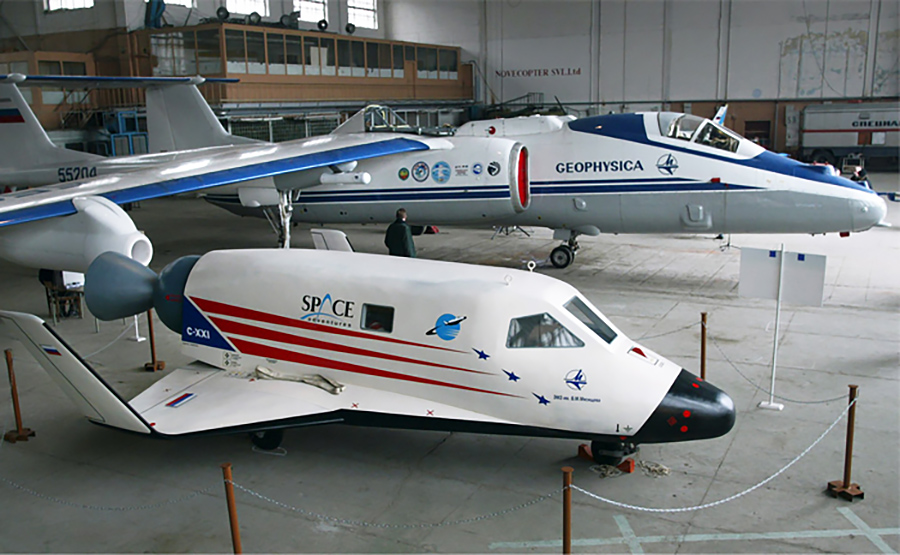
Others appeared, for example, the Lynx project from the XSOR company advanced far, but it also stopped at the stage of creating the first flight model of the two-seater rocket-plane. In Russia, a tourist suborbital system is being created by the Cosmocourse company , but it is expected to achieve space not earlier than 2025, an investment volume of $ 100 million is expected.
Compared to other attempts, the success of Virgin Galactic and Blue Origin are obvious, but the main question is in the capacity of the tourist market. Approximately 600 people pre-ordered Virgin Galactic for 10 years of ticket sales, and some of them refused to fly due to an accident and long wait. This number of tickets purchased will cover about a third of investment in development, and further economic prospects remain dim. Apparently, therefore, each company considers its tourism business only as a first step towards the development of technology and the further development of the space market. On the other hand, if the first successful flights form a new mass market, entertainment will become another way to commercialize space, and open the way for investment in even more complex forms of space tourism: orbital hotels, flights to the Moon and the Moon.
Source: https://habr.com/ru/post/433464/
All Articles